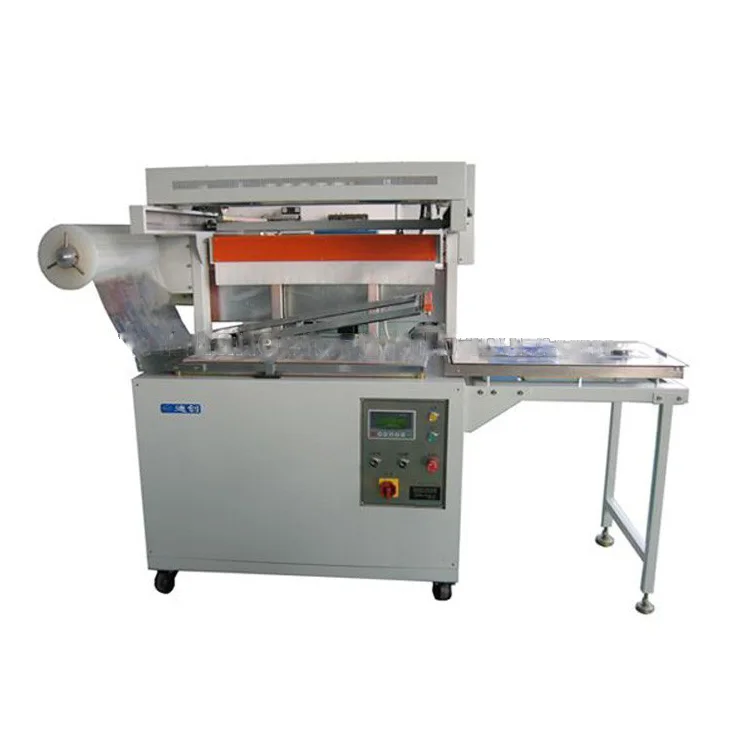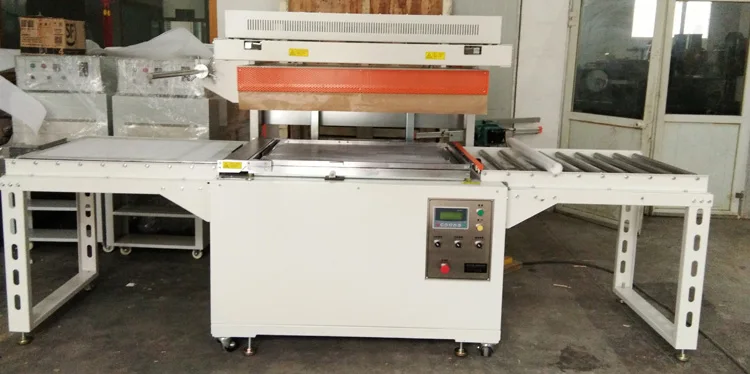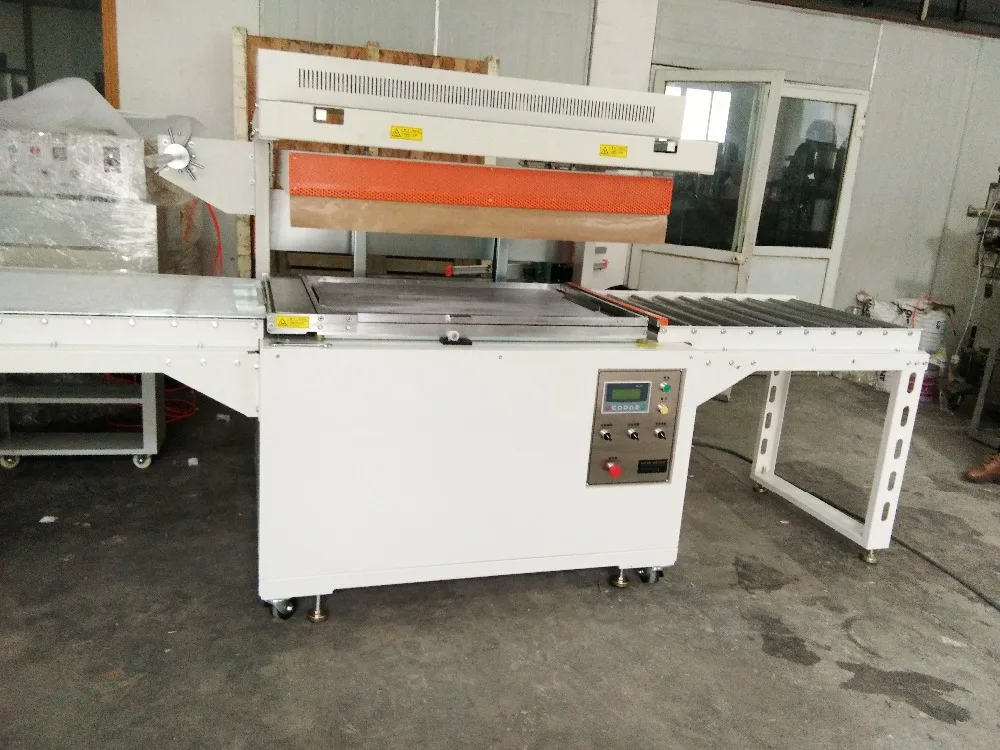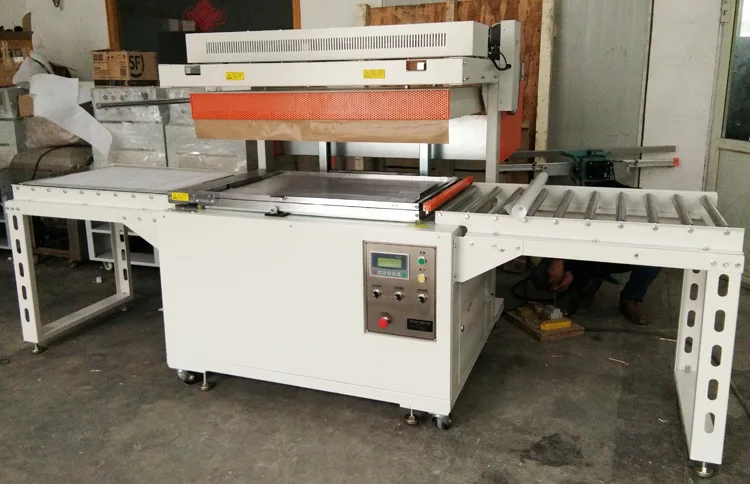Raw Materials: Sourcing, Types, and Key Considerations for Buyers
Raw materials form the backbone of countless industries, from manufacturing to construction. Whether you're a buyer looking for reliable suppliers or a business owner exploring material options, understanding the fundamentals is crucial. This guide covers everything you need to know about sourcing, types, and applications of raw materials.
How to Find Reliable Raw Materials from China in 2025
China remains a global leader in raw material production and export. To find trustworthy suppliers:
- Verify certifications like ISO 9001 and SGS reports
- Request samples before bulk orders
- Check supplier history on platforms like Alibaba
- Consider trade assurance programs for payment protection
Top sourcing regions include Guangdong for metals and Zhejiang for textiles. Always negotiate MOQs (Minimum Order Quantities) and lead times.
What Buyers Should Know Before Buying Raw Materials from China
Key considerations include:
- Import duties and customs regulations for your country
- Quality control processes at the supplier
- Shipping methods (air vs. sea freight)
- Currency exchange risks
Case Study: A US furniture manufacturer reduced material costs by 35% by switching to Chinese plywood suppliers after thorough vetting.
Types of Raw Materials
Major categories include:
Metallic
Steel, aluminum, copper - used in construction and electronics
Organic
Wood, cotton, leather - for textiles and furniture
Mineral
Silica, limestone - essential for glass and cement
Synthetic
Plastics, rubber - versatile for multiple industries
Functions and features of Raw Materials
Key characteristics buyers evaluate:
- Durability: How well materials withstand stress
- Workability: Ease of shaping or processing
- Thermal properties: Heat resistance capabilities
- Cost-effectiveness: Price versus performance
Scenarios of Raw Materials
Practical applications across industries:
- Construction: Steel for frameworks, cement for foundations
- Textiles: Cotton for clothing, polyester for sportswear
- Electronics: Silicon for chips, copper for wiring
- Packaging: Corrugated cardboard for boxes
How to Choose Raw Materials
Selection criteria:
- Match material properties to product requirements
- Consider environmental impact and sustainability
- Evaluate total cost including processing
- Test samples under real-use conditions
Tip: Many buyers overlook hidden costs like waste during processing - factor in at least 10-15% extra.
Raw Materials Q & A
Q: What's the minimum order quantity for raw materials from China?
A: MOQs vary widely - from 100kg for specialty metals to container-loads for bulk commodities. Always negotiate.
Q: How can I verify raw material quality before shipping?
A: Use third-party inspection services or request certified test reports from suppliers.
Q: What payment terms are common for raw material purchases?
A: 30% deposit with 70% balance before shipment is standard. Larger orders may qualify for LC terms.
Q: Are there sustainable alternatives to traditional raw materials?
A: Yes - bamboo instead of wood, recycled metals, and bioplastics are growing in availability.
Q: How do raw material prices fluctuate?
A: Prices track commodity markets, affected by demand, tariffs, and geopolitical factors. Consider long-term contracts for stability.






























































































































